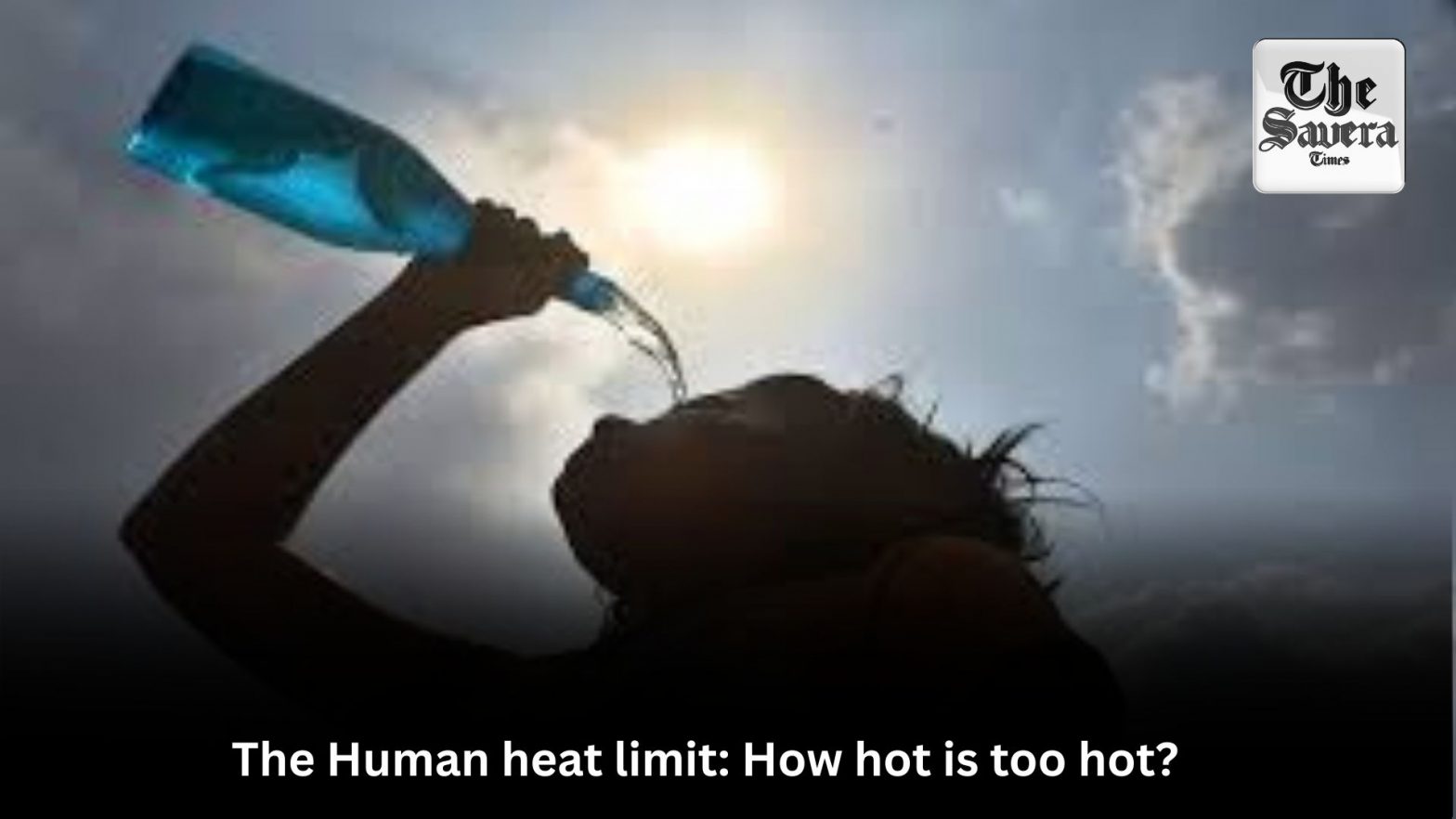
New Delhi: As global temperatures rise and heatwaves become more intense and frequent, scientists are warning that the human body may not be able to withstand as much heat as previously believed.
According to recent studies and expert analyses, it is not just the air temperature but the combination of heat and humidity—measured as wet-bulb temperature—that determines human survivability in extreme conditions.
The wet-bulb temperature is a metric that combines temperature and humidity to reflect how effectively sweat can evaporate from the skin. Once this measure approaches human skin temperature, the body’s primary cooling mechanism—sweating—fails. Earlier models had assumed that the body could survive wet-bulb temperatures up to 35°C. However, new laboratory studies show that even healthy young adults can start to experience heat failure at around 31°C wet-bulb temperature. For older adults, the threshold is even lower.
Even under dry conditions and with continuous hydration, the human body cannot endure ambient temperatures above 46°C for long periods. The moment humidity increases, even lower temperatures can overwhelm the body. Core temperature rises above 40°C can lead to severe outcomes, including heart failure, kidney shutdown, brain dysfunction, and the onset of heat stroke.
During extreme heat, the cardiovascular system redirects blood flow to the skin to help cool the body. This diverts critical blood supply away from vital organs like the kidneys, liver, and brain. As a result, people may experience symptoms such as dizziness, confusion, fatigue, or worse—organ failure. Survivors of severe heat stroke often suffer lasting damage, particularly in cognitive function and motor control.
As the world approaches a 1.5°C to 2°C rise in average temperatures due to climate change, regions such as South Asia, the Middle East, and parts of Africa may face conditions regularly exceeding human survivability thresholds. In such areas, even short outdoor exposure during peak heat could become fatal.
Scientists and health experts are urging communities and governments to prioritize heat adaptation strategies, including access to cooling shelters, improved infrastructure, and public awareness campaigns. While technologies like air conditioning offer protection, overreliance can hinder long-term human adaptation.
The growing frequency and severity of heatwaves underscore a stark truth: without urgent action on climate change and public health planning, large populations could face unmanageable heat in the coming decades.
